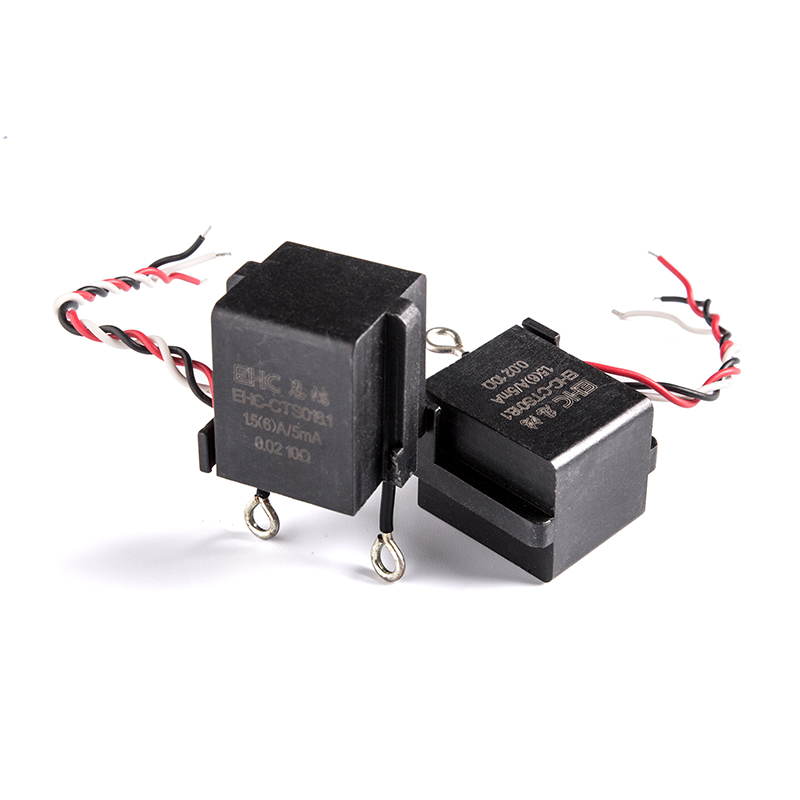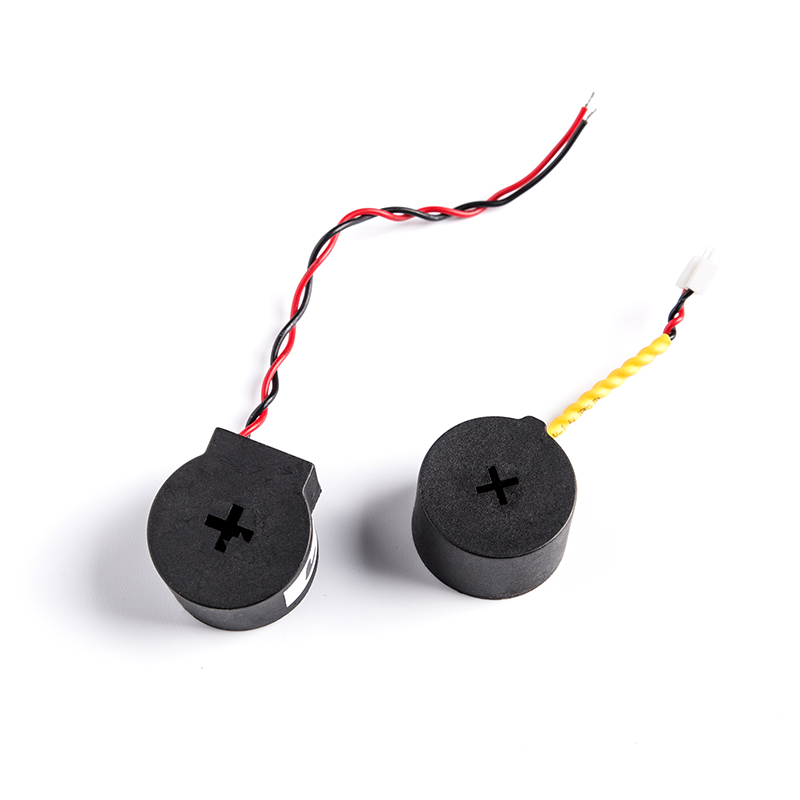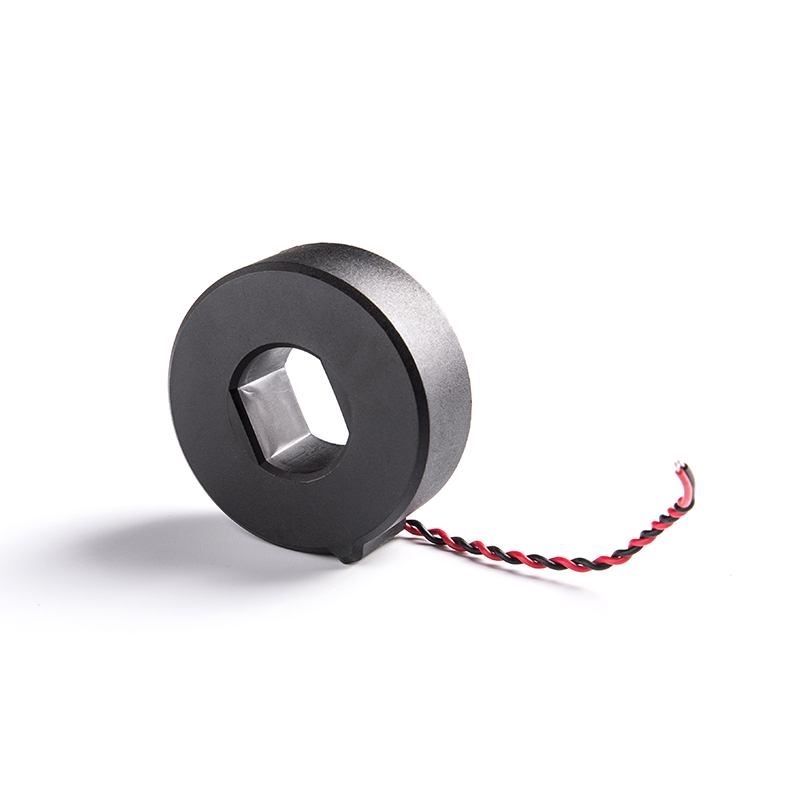Transformer, also known as instrument transformer, is a general term for current transformer and voltage transformer. It can turn high voltage into low voltage and large current into small current for measurement or protection systems. Its function is mainly to convert the high voltage or high current into standard low voltage (100V) or standard low current (5A or 1A, all refer to the rated value) in proportion, so as to realize the standardization and small size of measuring instruments, protection equipment, and automatic control equipment. change. At the same time, the transformer can also be used to isolate high-voltage systems to ensure the safety of personnel and equipment.
working principle
In the power supply line, the current difference is from a few amperes to tens of thousands of amperes, and the voltage difference is from a few volts to several million volts. The current and voltage in the line are relatively high, such as direct measurement is very dangerous. In order to facilitate the measurement of the secondary instrument, it needs to be converted into a relatively uniform current and voltage, and the transformer is used to play the role of transformer transformation and electrical isolation. Most of the display instruments are pointer-type current and voltmeters, so most of the secondary currents of the current transformers are at the ampere level (such as 5, etc.). With the development of the times, most of the electricity measurement has reached digitalization, and the signal sampled by the computer is generally at the milliamp level (0-5V, 4-20mA, etc.). The secondary current of the miniature current transformer is milliampere, which mainly acts as a bridge between the transformer and the sampling. The miniature current transformer is called an "instrument current transformer". ("Instrument current transformer" has meaning that it is a multi-current ratio precision current transformer used in the laboratory, which is generally used to expand the instrument range.)
The emergence of electronic transformers is known as a revolution in the high-voltage electrical appliance manufacturing industry at the beginning of this century. Its digital output and networked wiring make the power grid safer, more environmentally friendly, and more conducive to the intelligence of primary equipment and even the entire power transmission and distribution system. Transformers are divided into two categories: voltage transformers and current transformers.
Circuit diagram of current transformer principle Similar to the transformer, the miniature current transformer also works according to the principle of electromagnetic induction. The transformer transforms the voltage and the miniature current transformer transforms the current. The winding N1 is connected to the measured current, which is called the primary winding (or the primary winding, the primary winding); the winding N2 is connected to the measuring instrument, which is called the secondary winding (or the secondary winding, the secondary winding).
The current ratio of the primary winding current I1 to the secondary winding I2 of the miniature current transformer is called the actual current ratio K. The current ratio of the miniature current transformer when it works under the rated working current is called the rated current ratio of the current transformer, expressed by Kn. Kn=I1n/I2n
Introduction Of Transformer And Its Working Principle
Recommended Products
-
 View More >>
View More >>
Non-Toroidal C-Type Cut Amorphous Nanocrystalline Cores
Industry: Amorphous Nanocrystalline Core
-
 View More >>
View More >>
EHC-VCT Series for Power supply
Industry: Current Transformer
-
 View More >>
View More >>
Transformers Cores Amorphous Nanocrystalline Cores
Industry: Amorphous Nanocrystalline Core
-
 View More >>
View More >>
Amorphous Nanocrystalline Inductor Cores
Industry: Amorphous Nanocrystalline Core
-
 View More >>
View More >>
CTS Series Terminal High Precision Amorphous Nanocrystalline Current Transformers
Industry: Current Transformer
-
 View More >>
View More >>
Rectangular hysteresis loop Cores
Industry: Amorphous Nanocrystalline Core
-
 View More >>
View More >>
High Linear Current Transformers
Industry: Current Transformer
-
 View More >>
View More >>
Common Mode Choke Amorphous Nanocrystalline Inductors
Industry: Amorphous Nanocrystalline Inductors

 English
English 中文简体
中文简体 Deutsch
Deutsch 日本語
日本語

